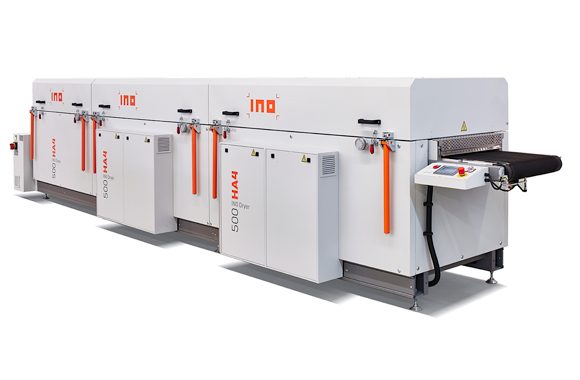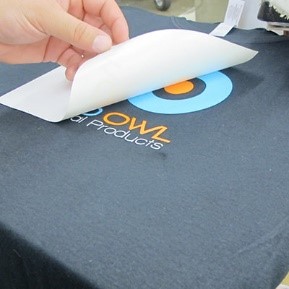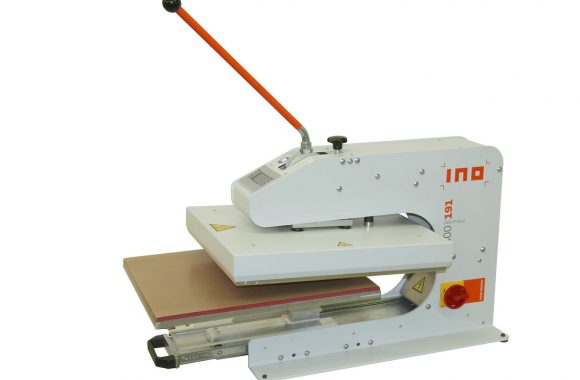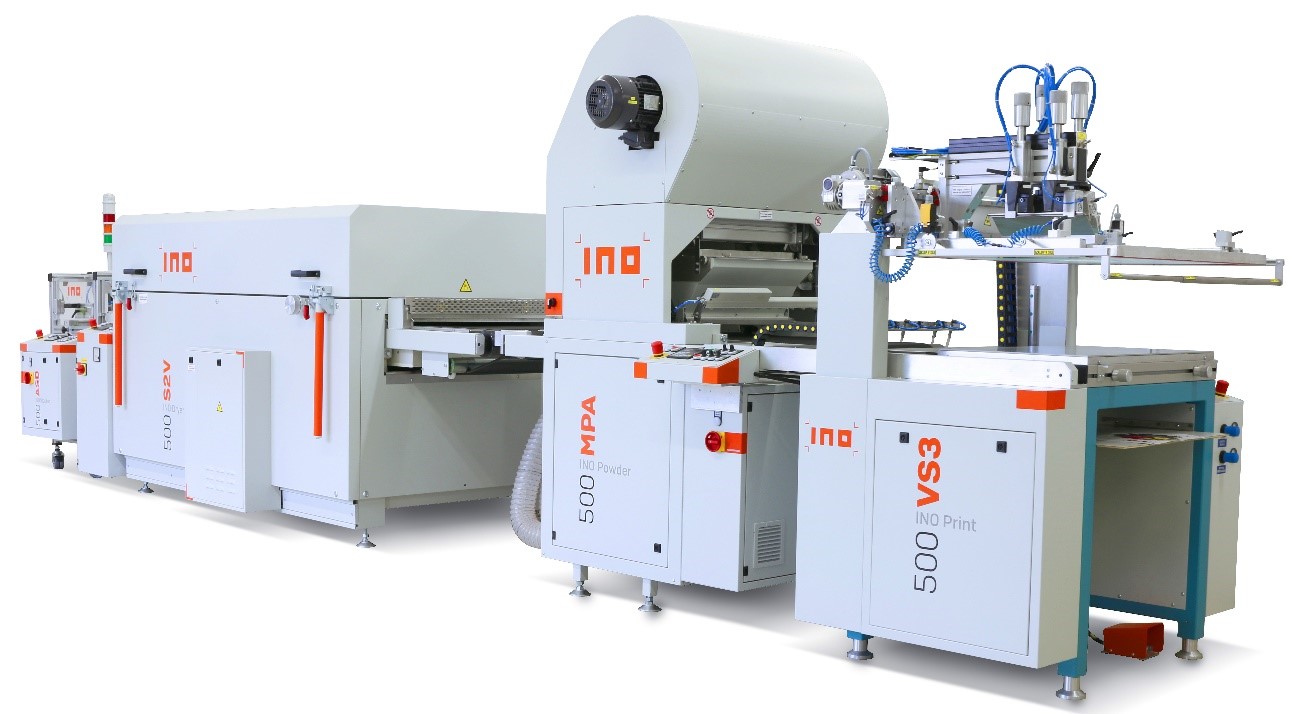The most commonly used garment for prints since 1925 is the T-shirt. In 1956 was developed the screen printing ink that has since become a standard for the decoration of this garment: the “Plastisol”. One of the innovative features of Plastisol was that it could be thermo fused above 160° - 170°C so it could allow the transfer of the graphic from a sheet of paper to a fabric through a hot press.
The screen printing is a technology based on the permeation of the ink through a fabric. By varying the characteristics of this fabric, you can easily change the amount of ink deposit.
We quote as a reference of high thickness in the comparison schema on the right a 60 micron deposit that can be obtained in screen printing but this data is not correct.
For some time now technologies have been available for making high thickness direct/indirect film screens (called MS-thick film) that can allow prints with ink deposit of 150-200-300-400-700 up to max 1000 micron = 1mm.
Here below a sum up of the features of the various inks for transfer
Advantages:
Disadvantages:
Advantages:
Disadvantages:
Advantages:
Disadvantages:



The difference between a transfer and a quality transfer is determined by the following factors
The cooperation between Grafco and GrafcoAST, distributors and technical support in Italy of the screen printing machines of INO, has led to the building of a show room of over 500 square meters in Treviso where the customers, together with Grafco’s technicians, can test the Grafco products for transfer on the screen printing automatic and semiautomatic INO machines.
